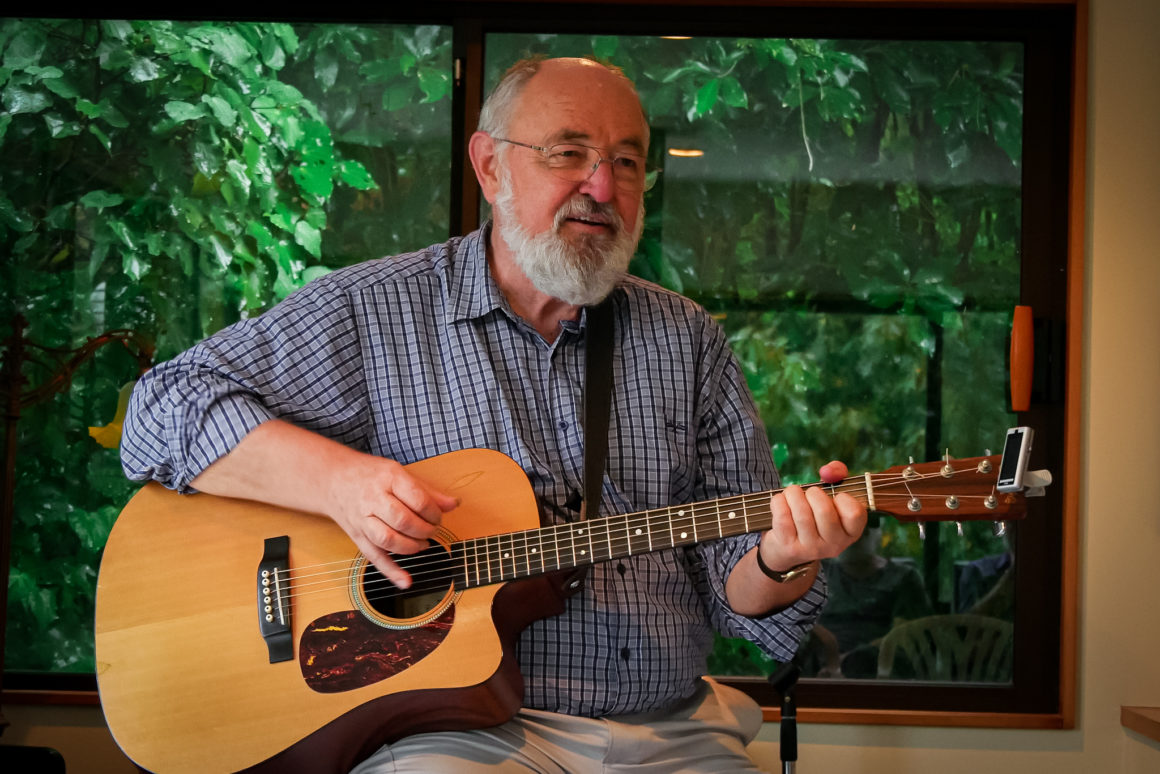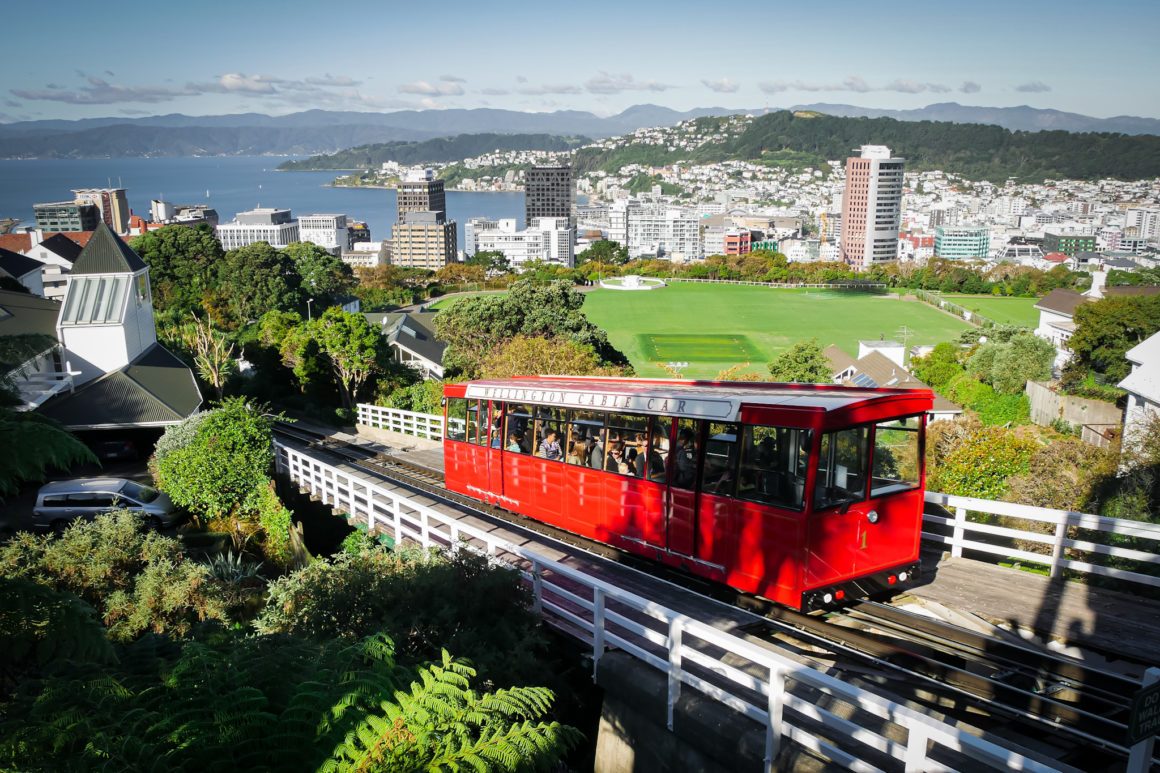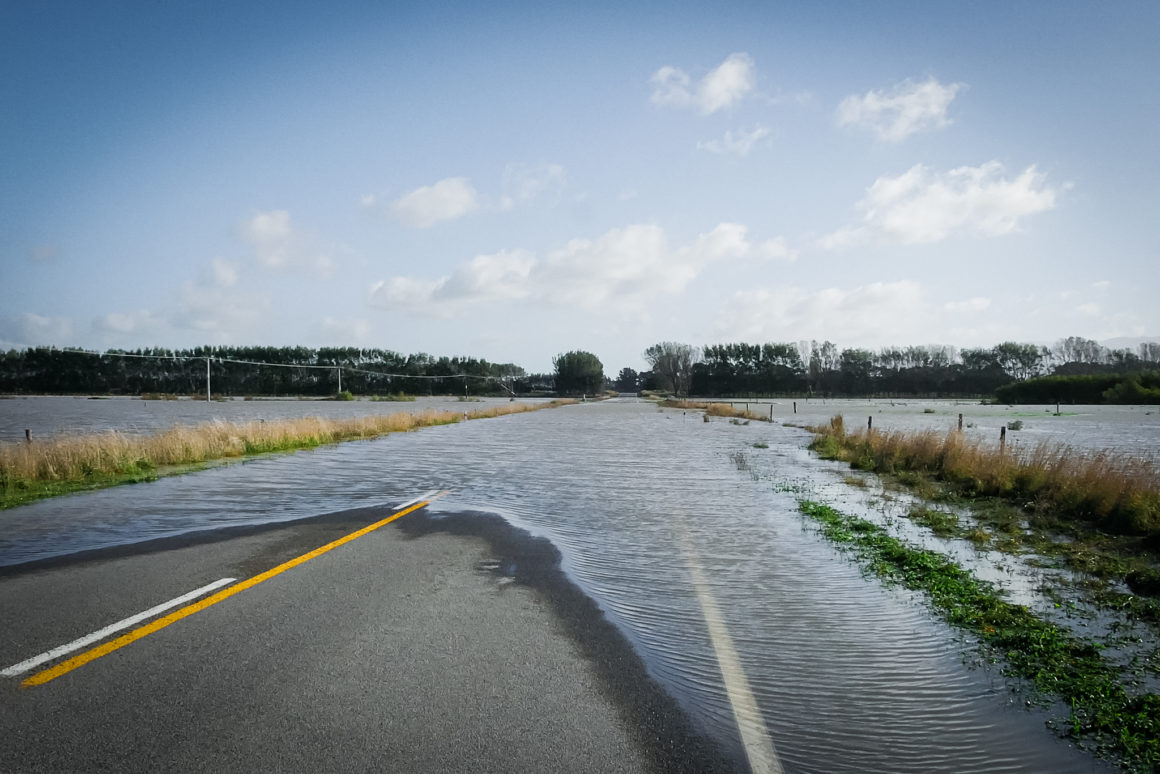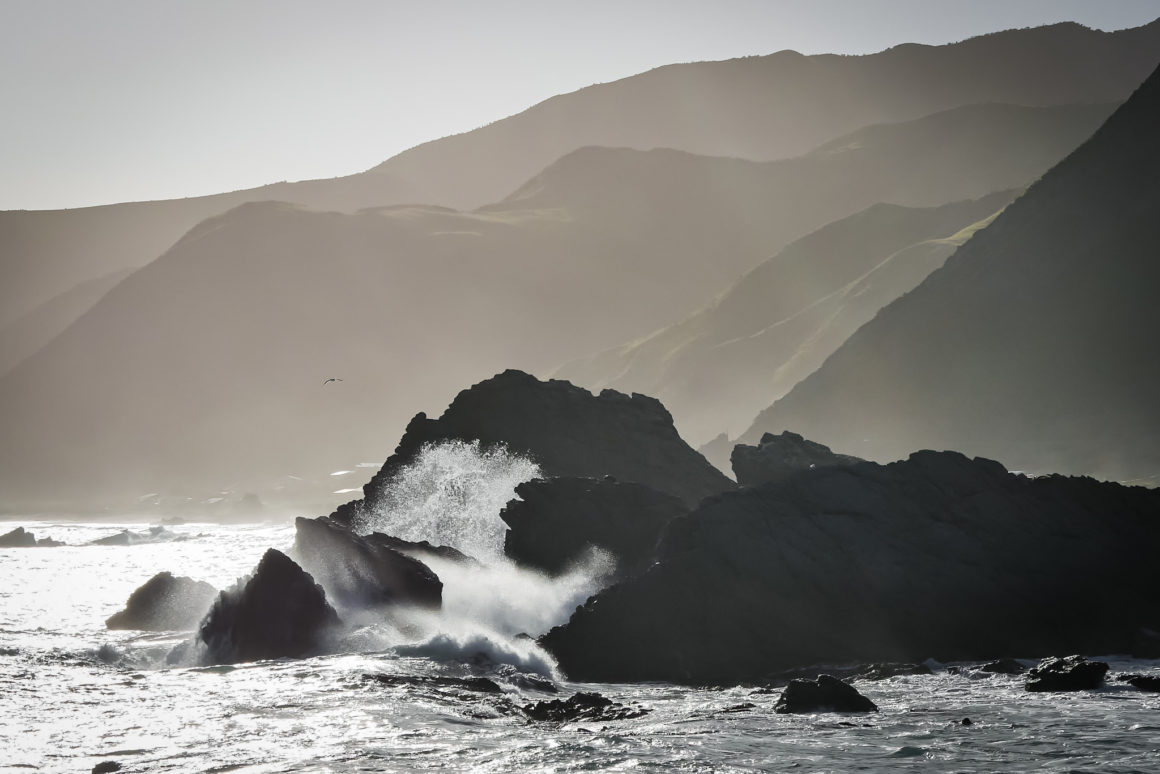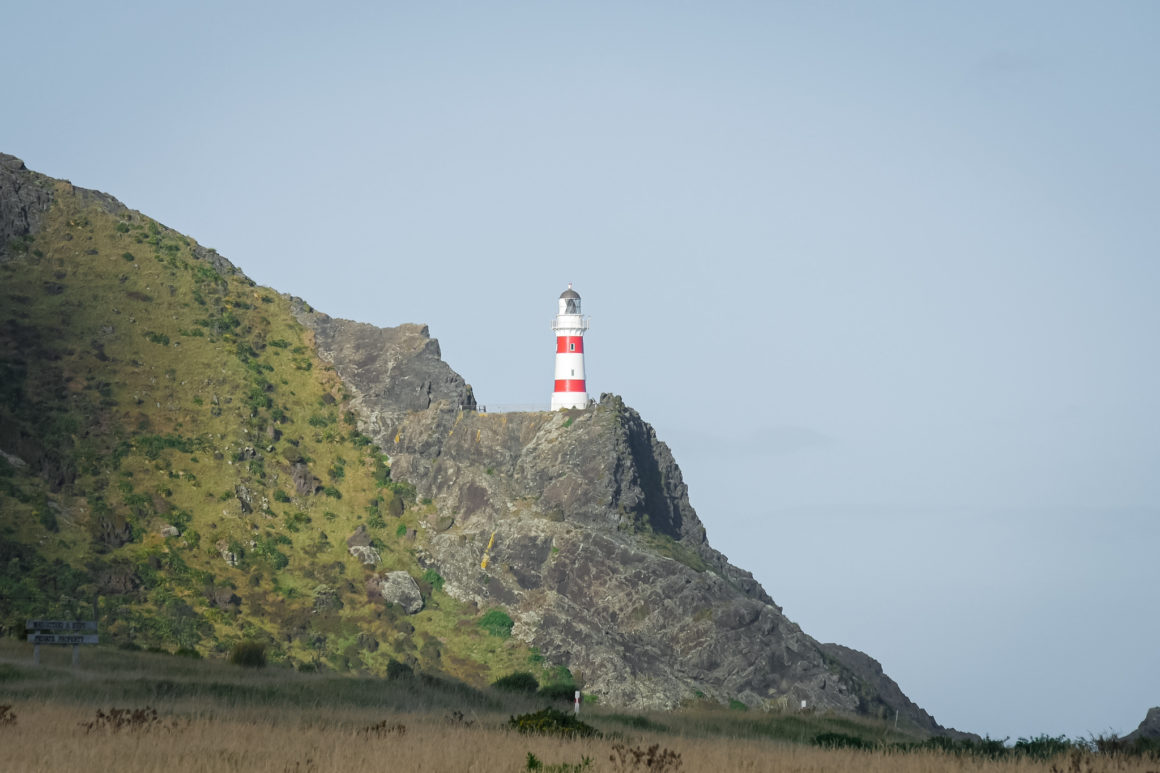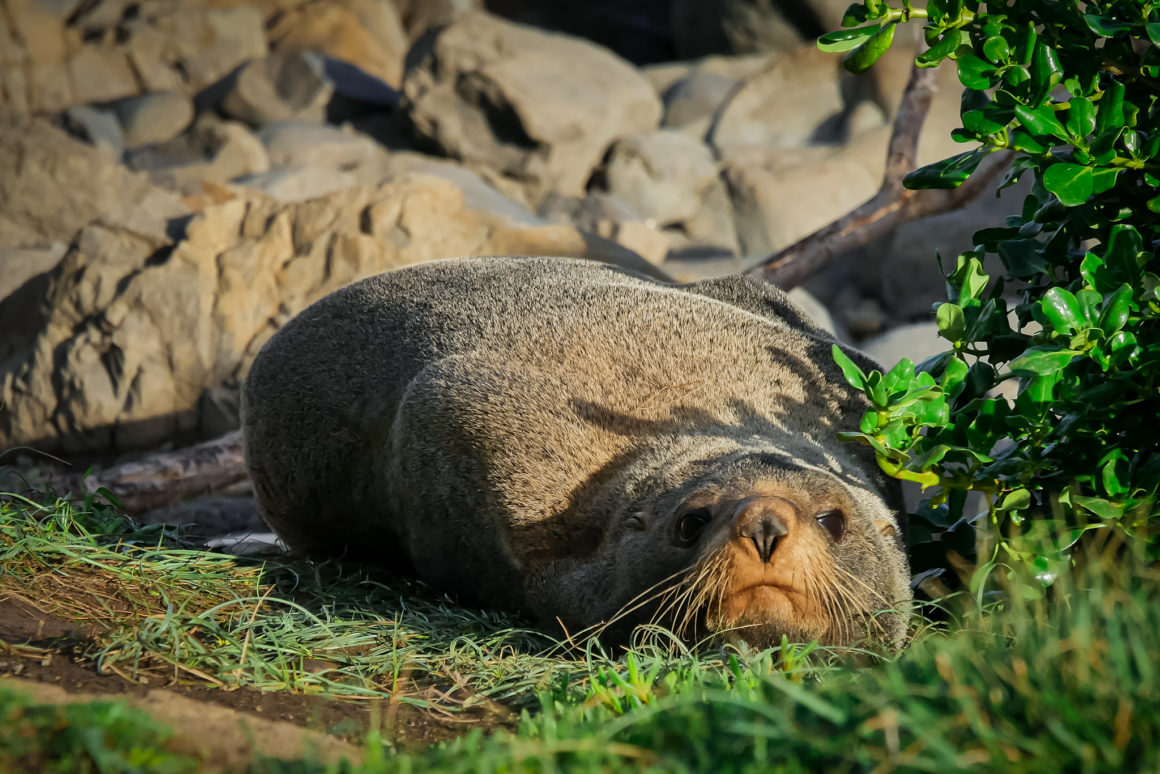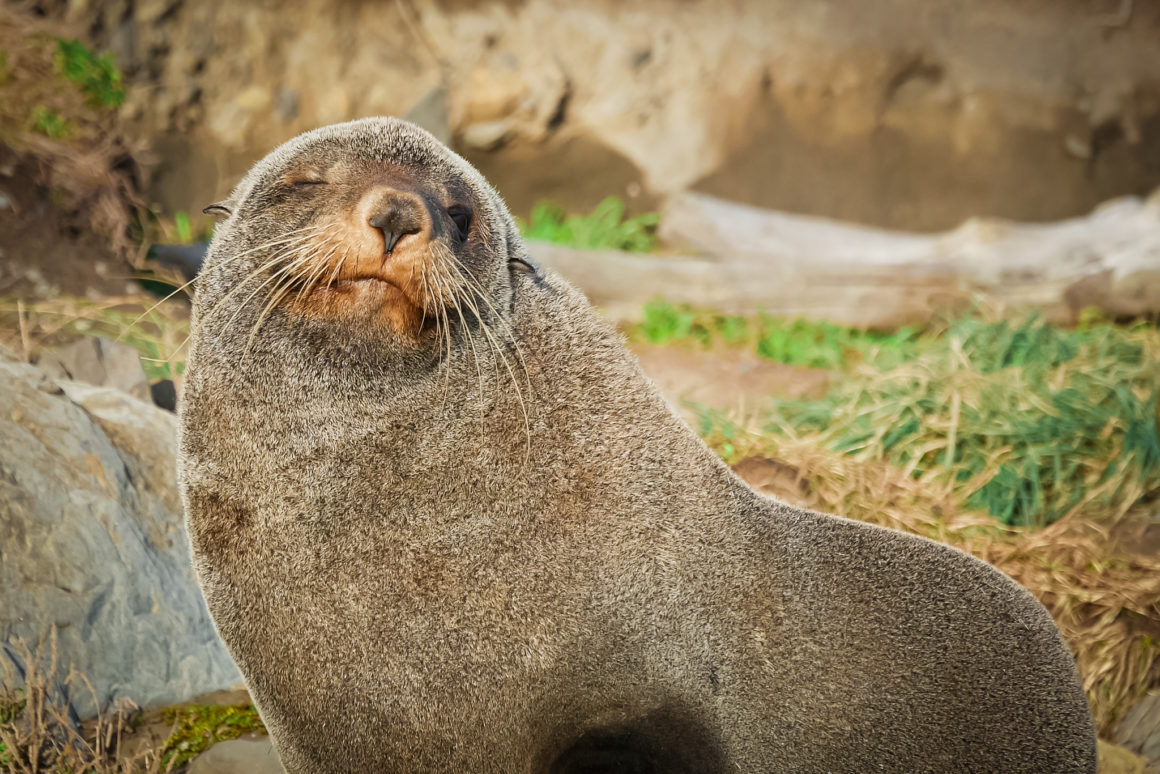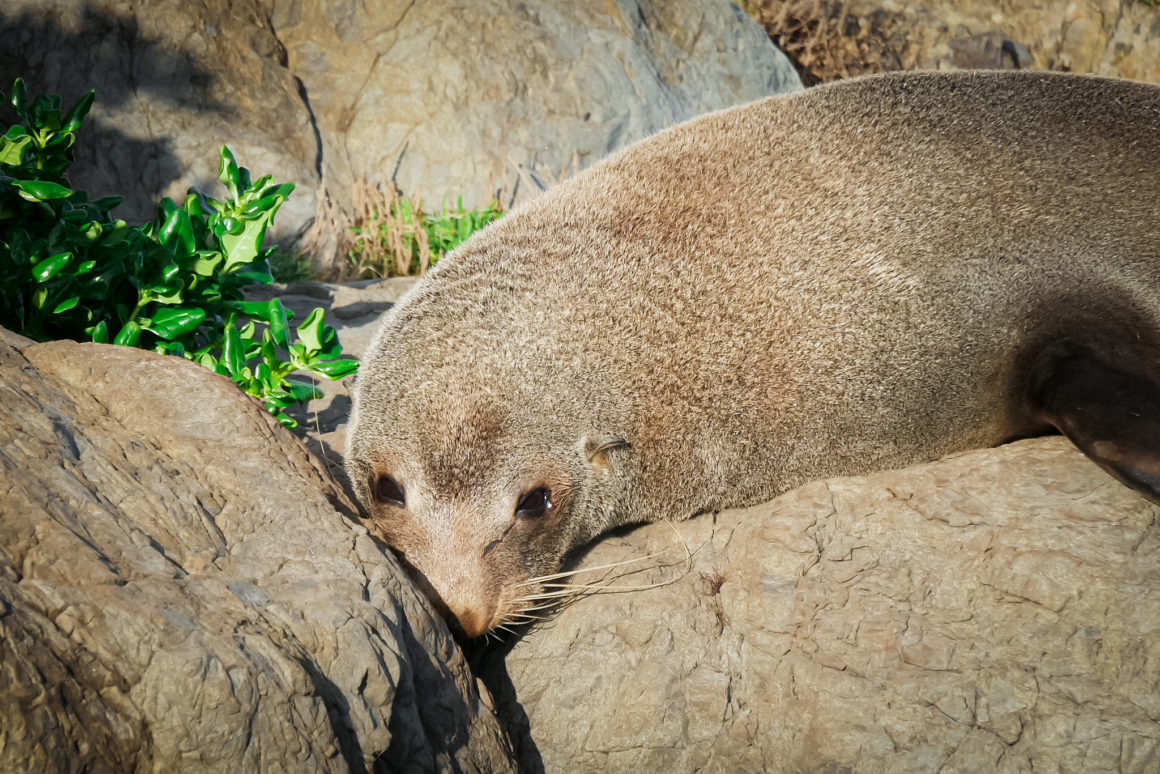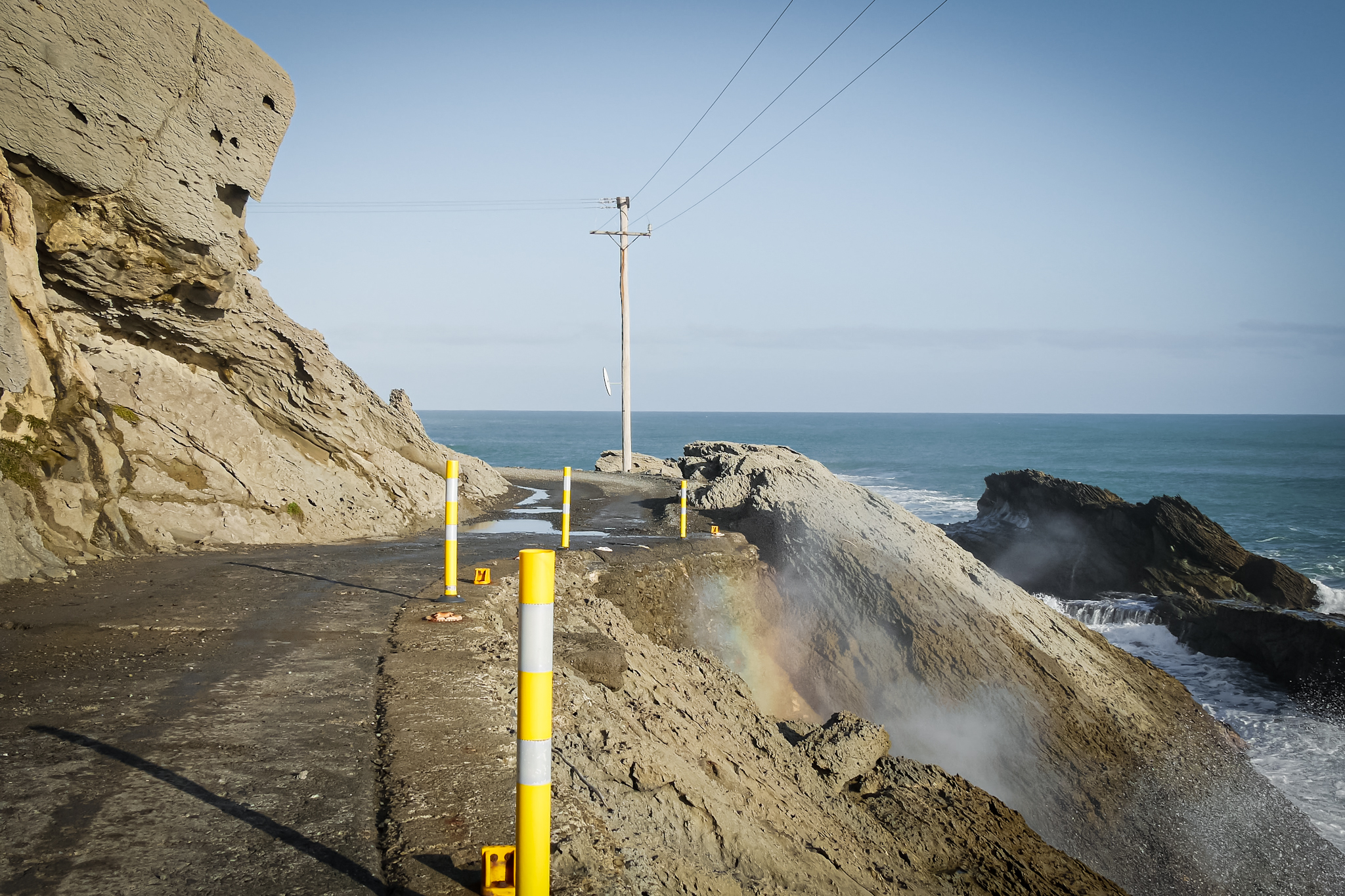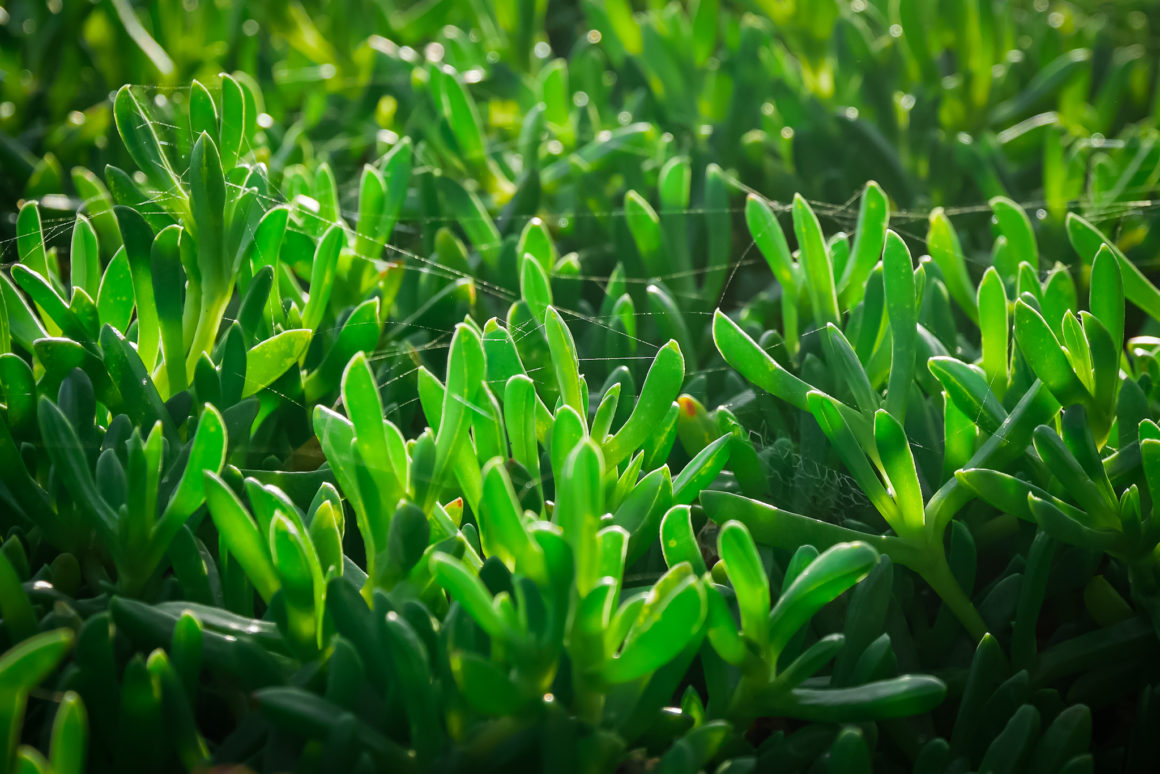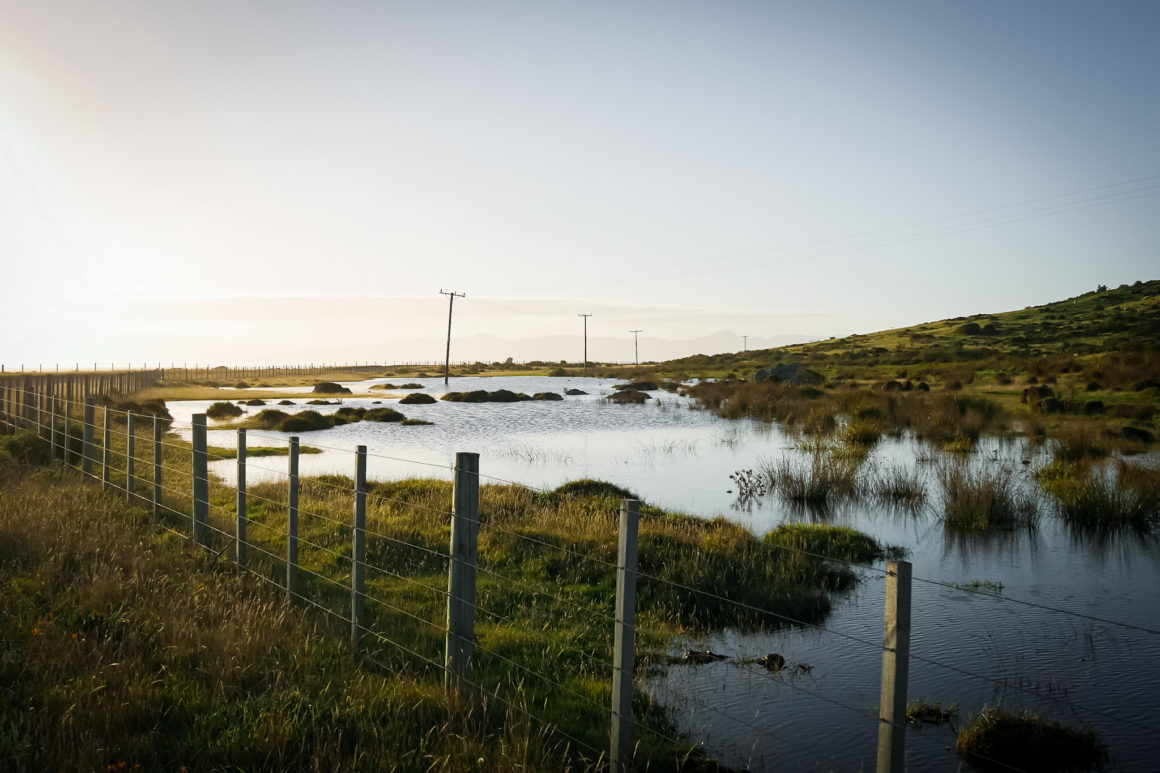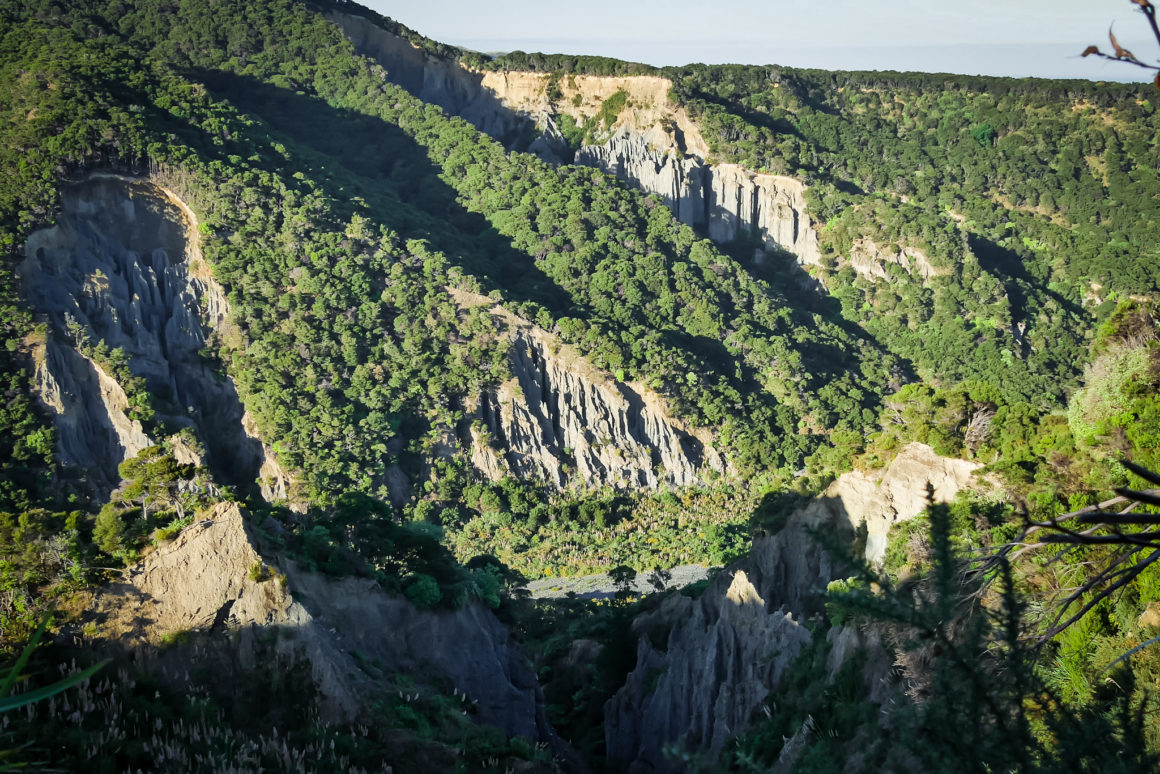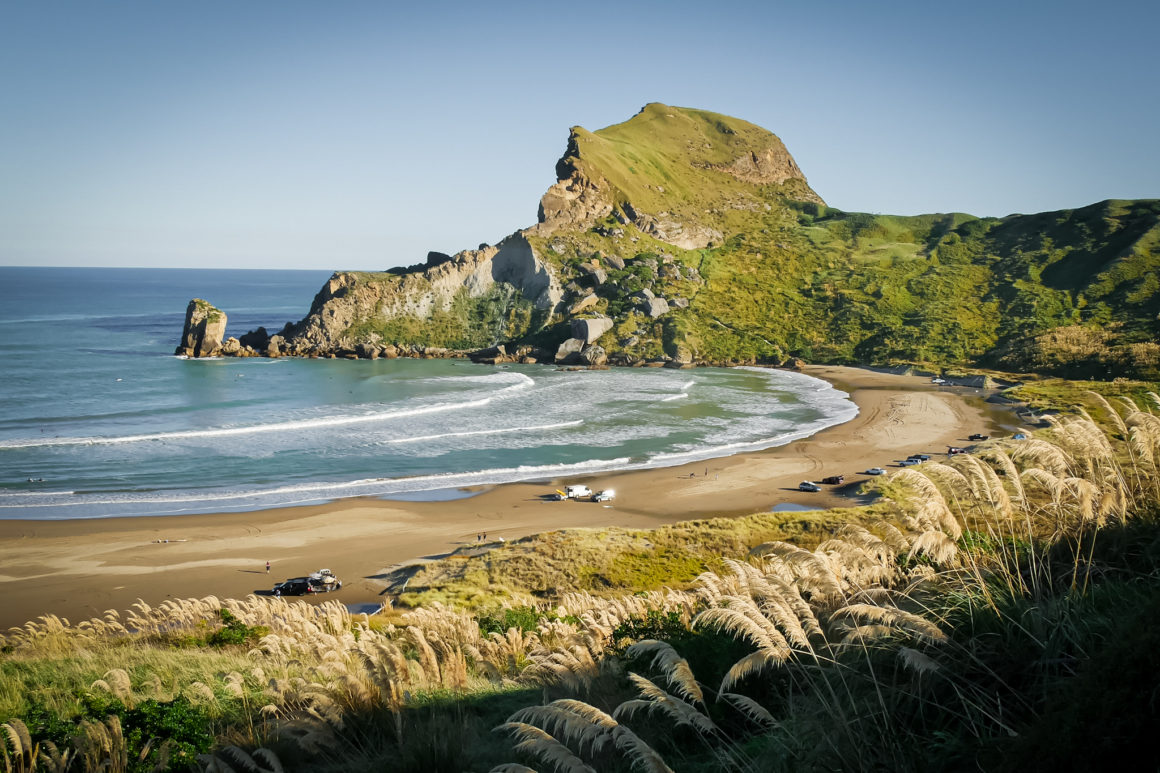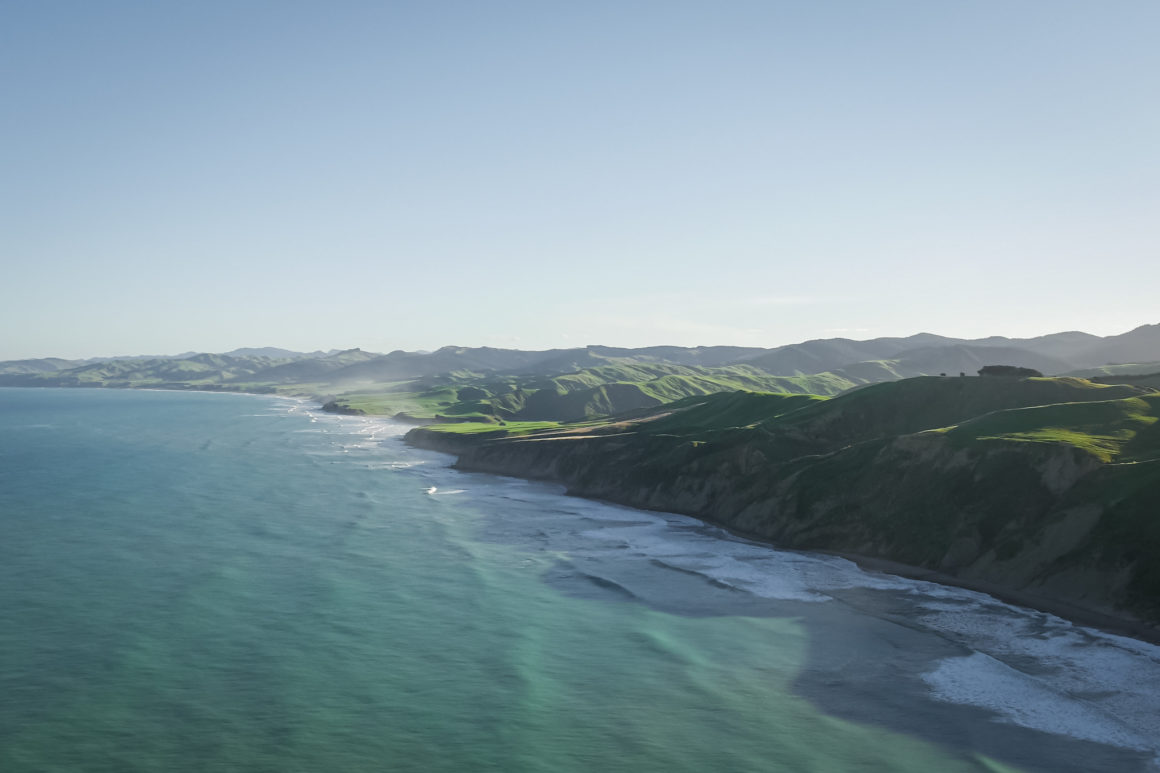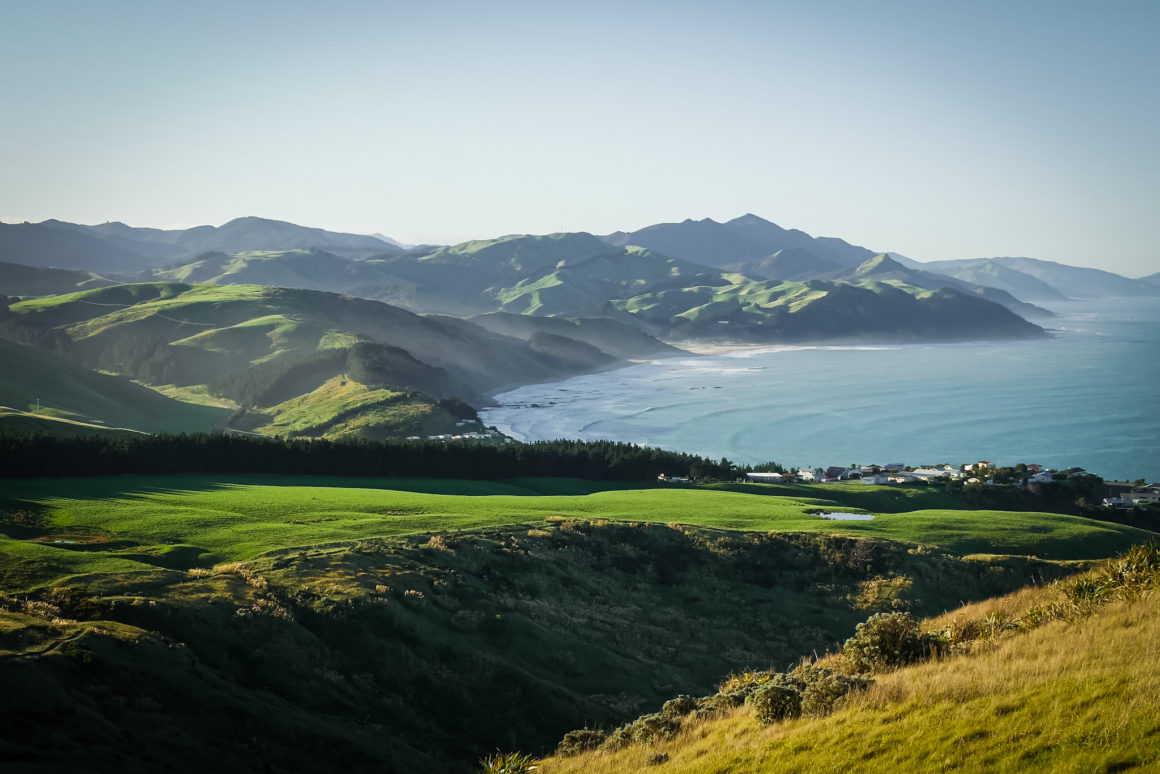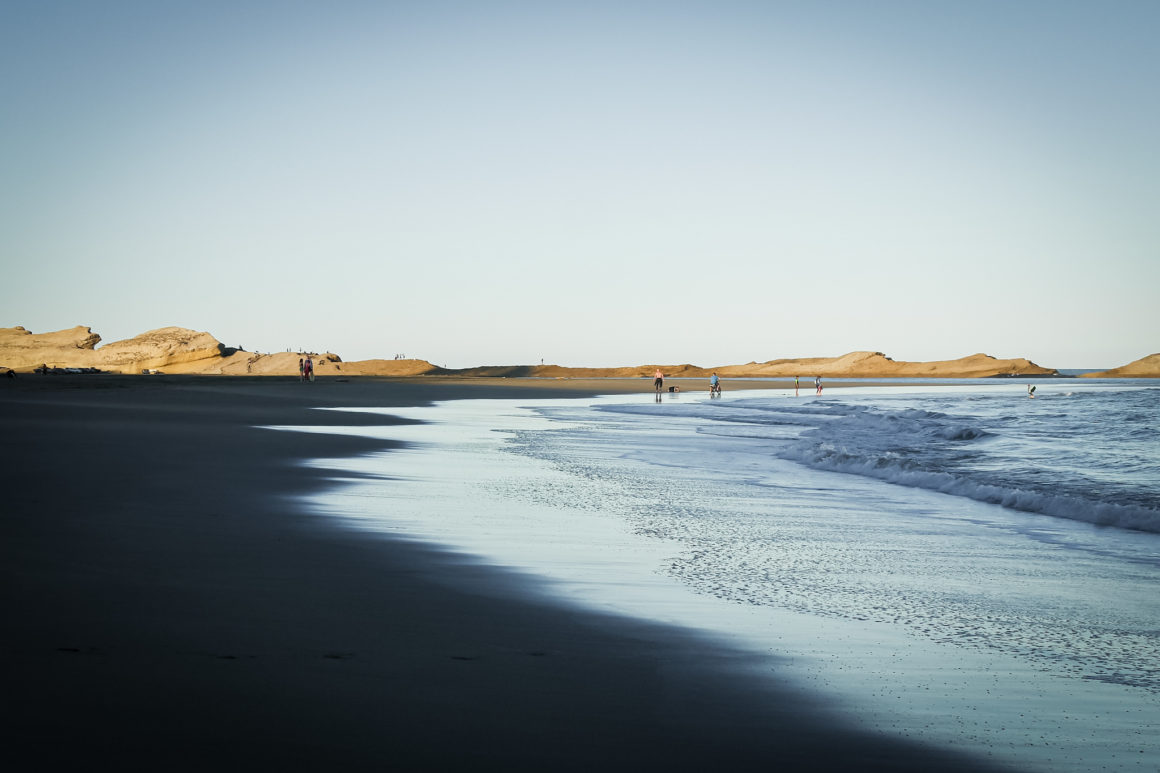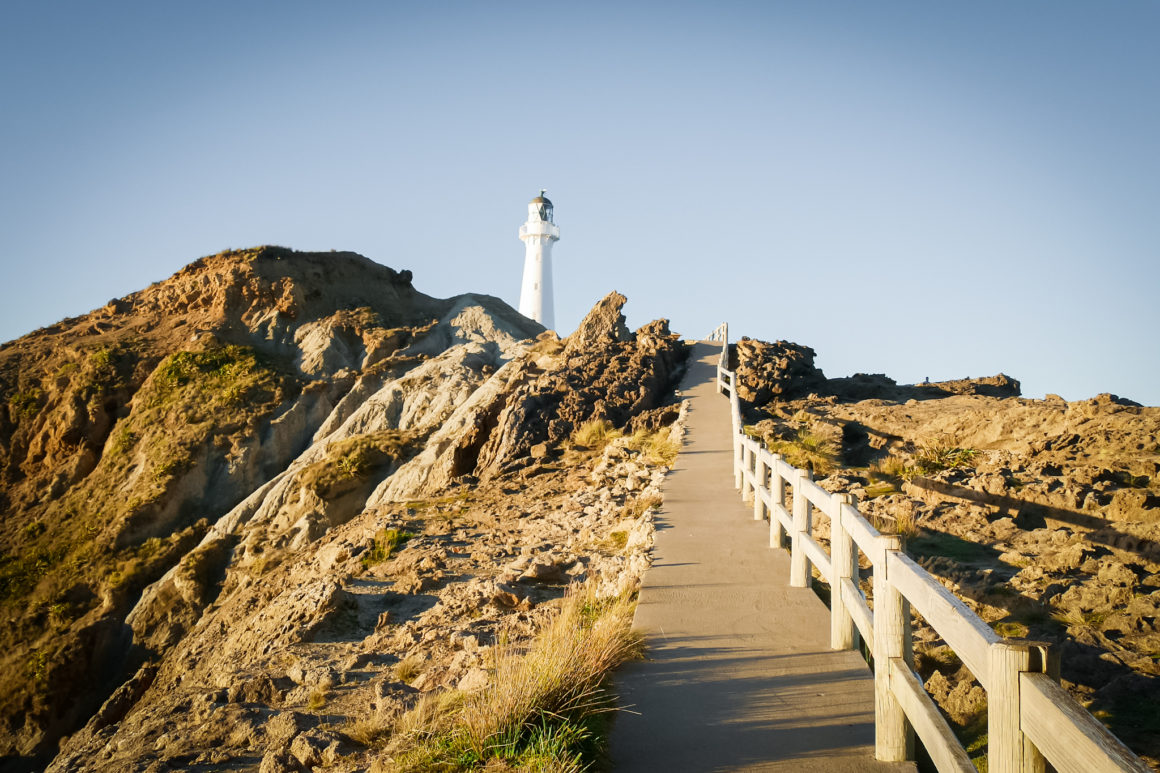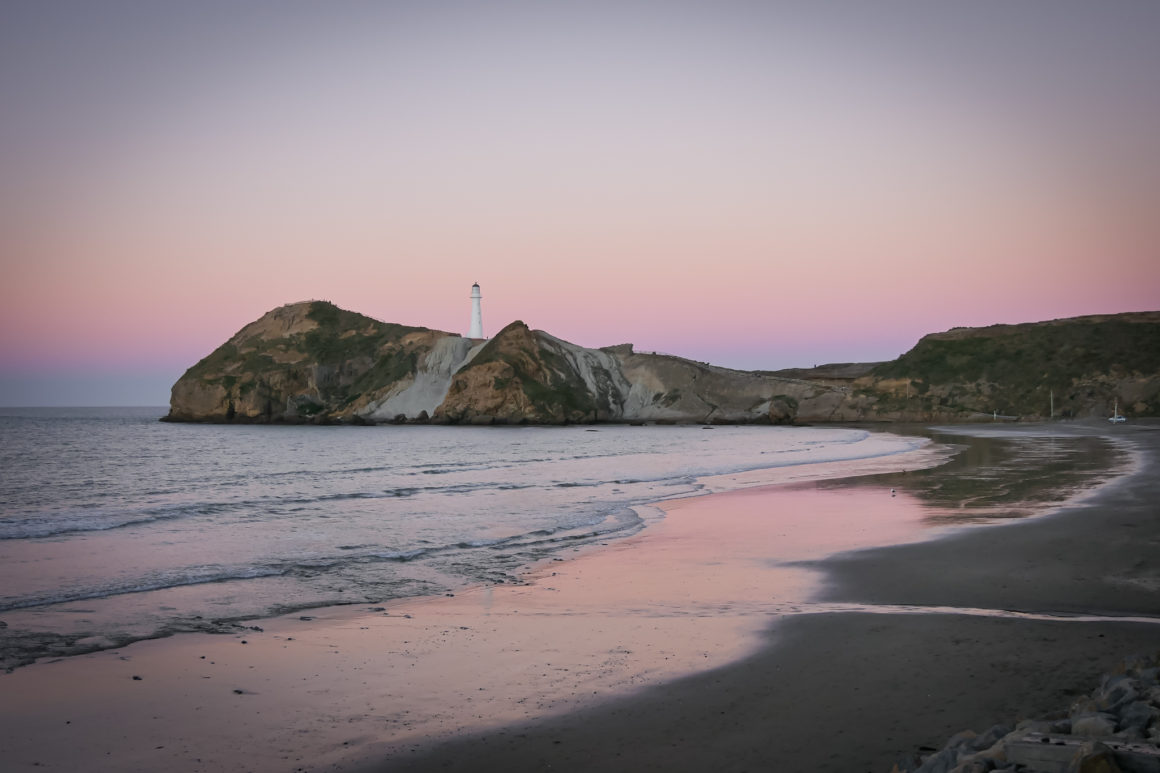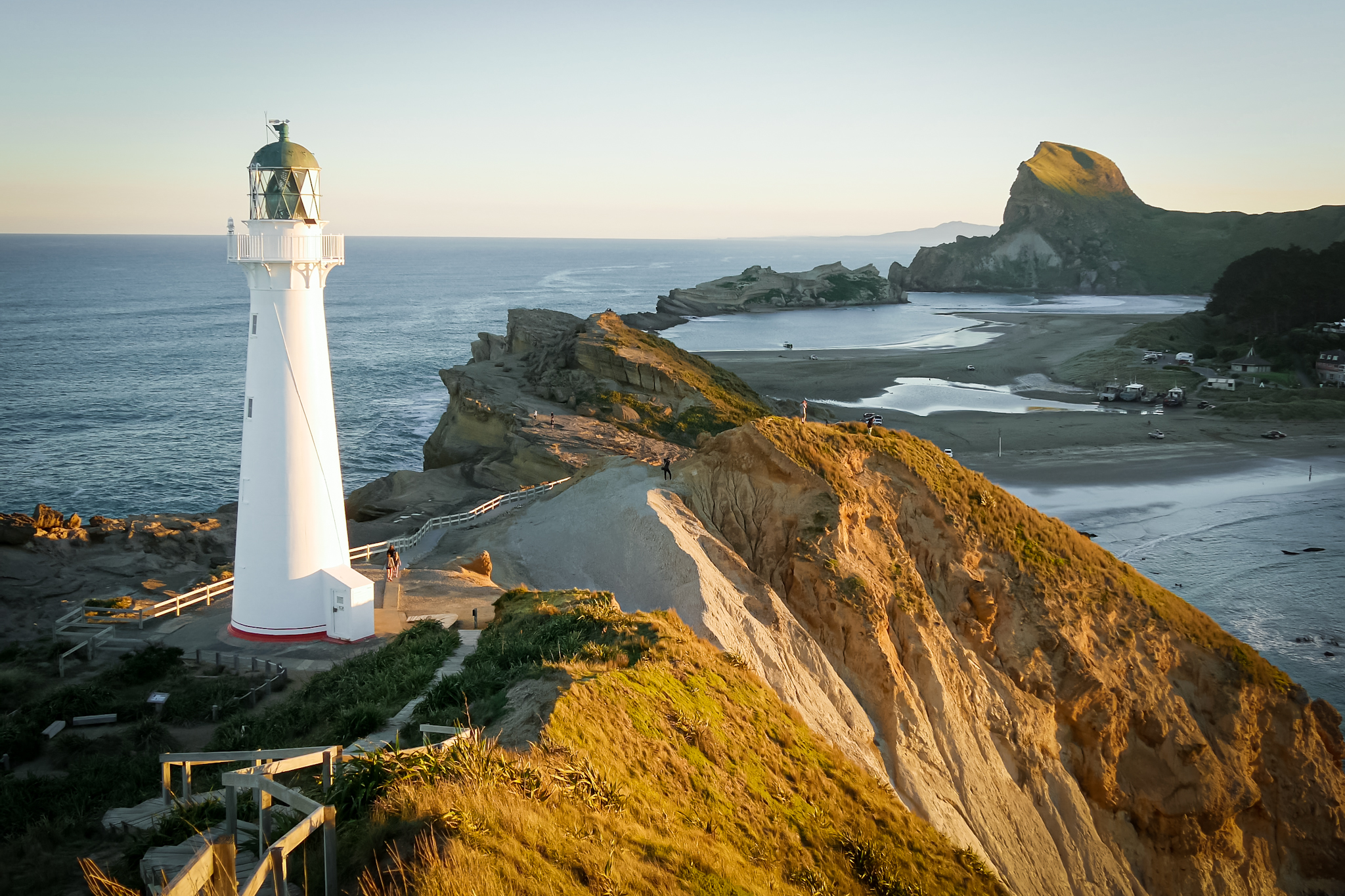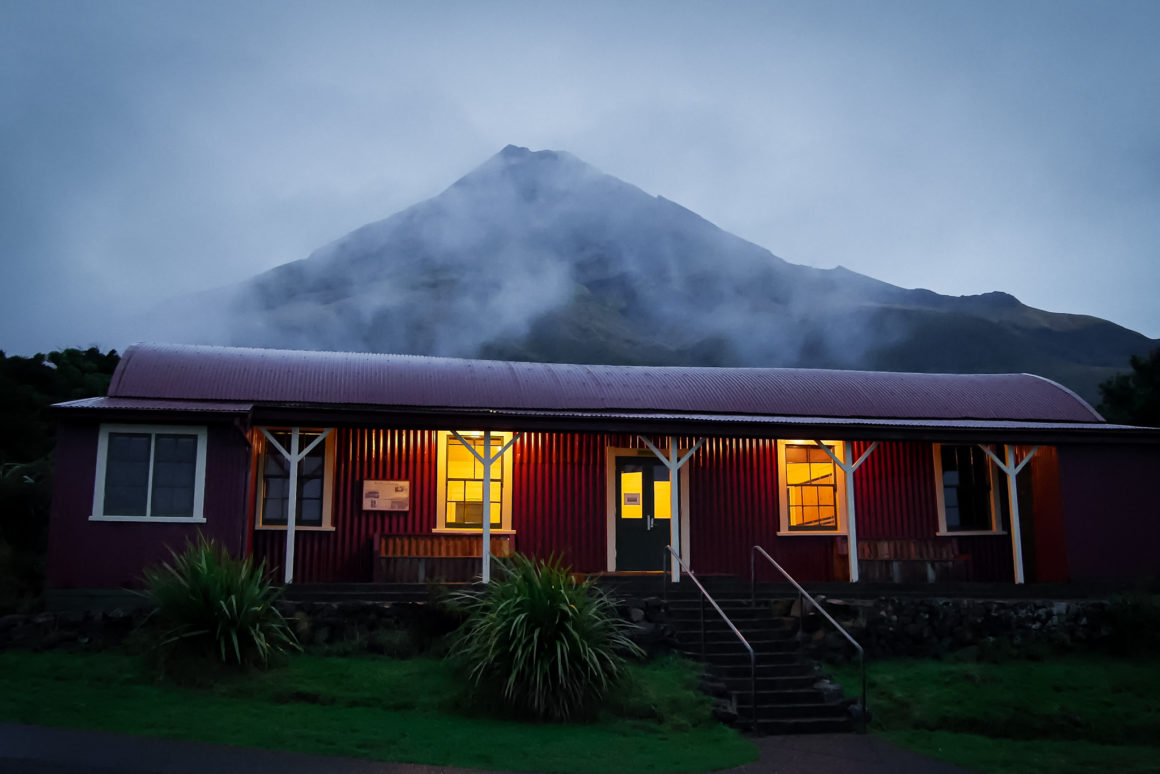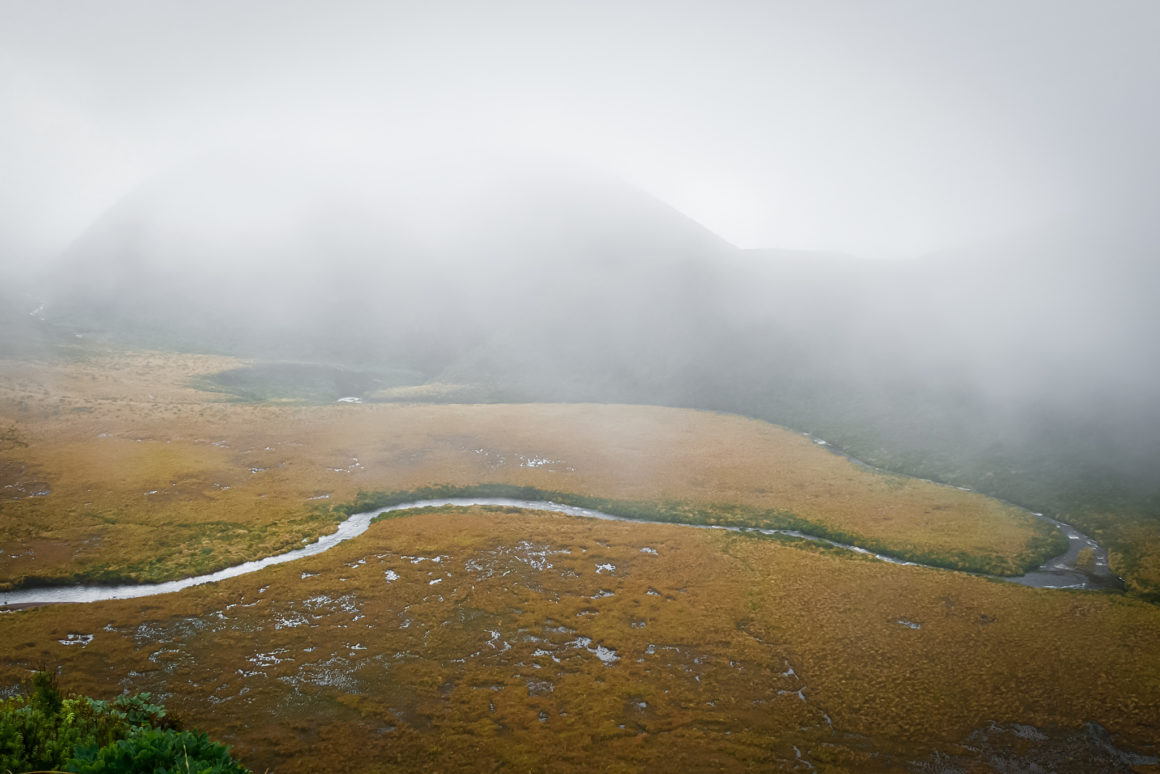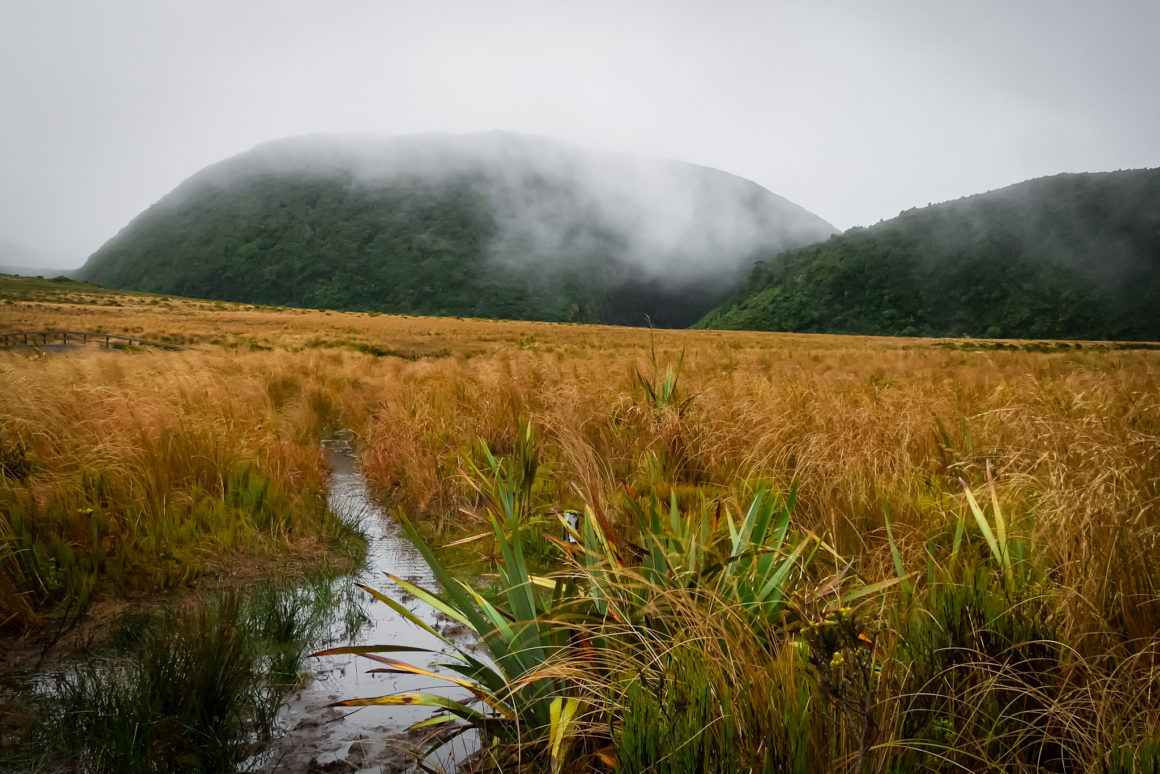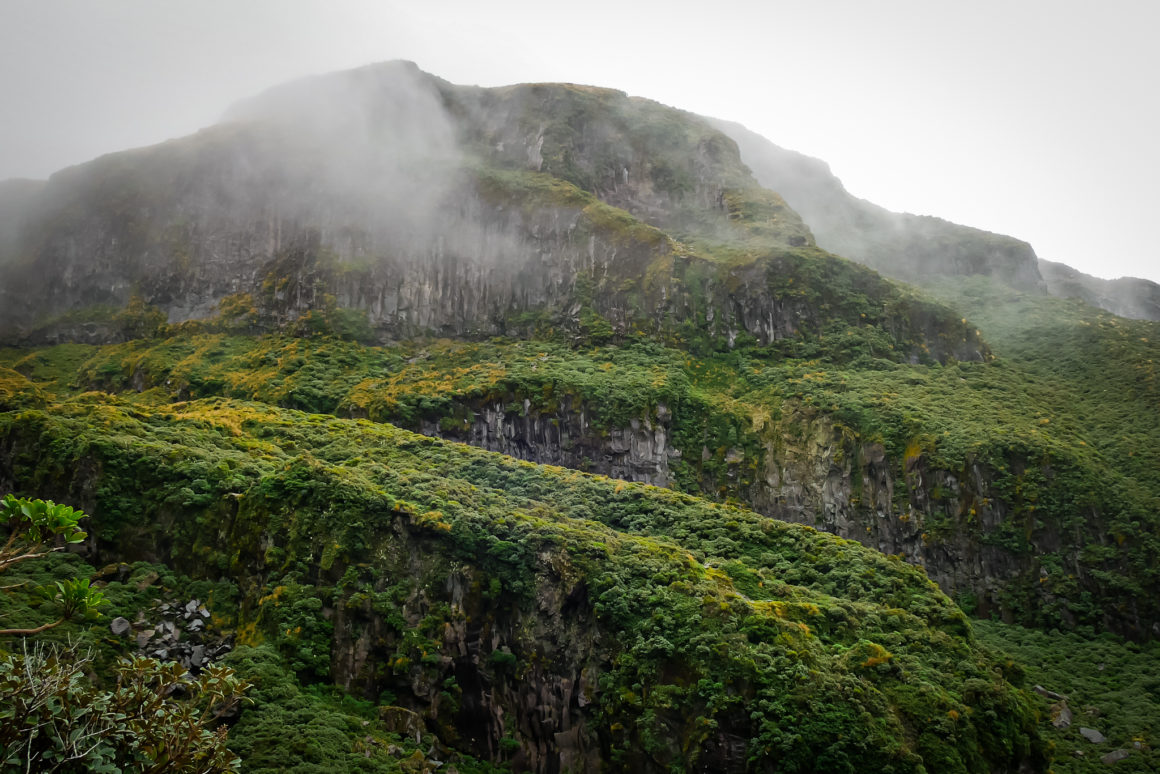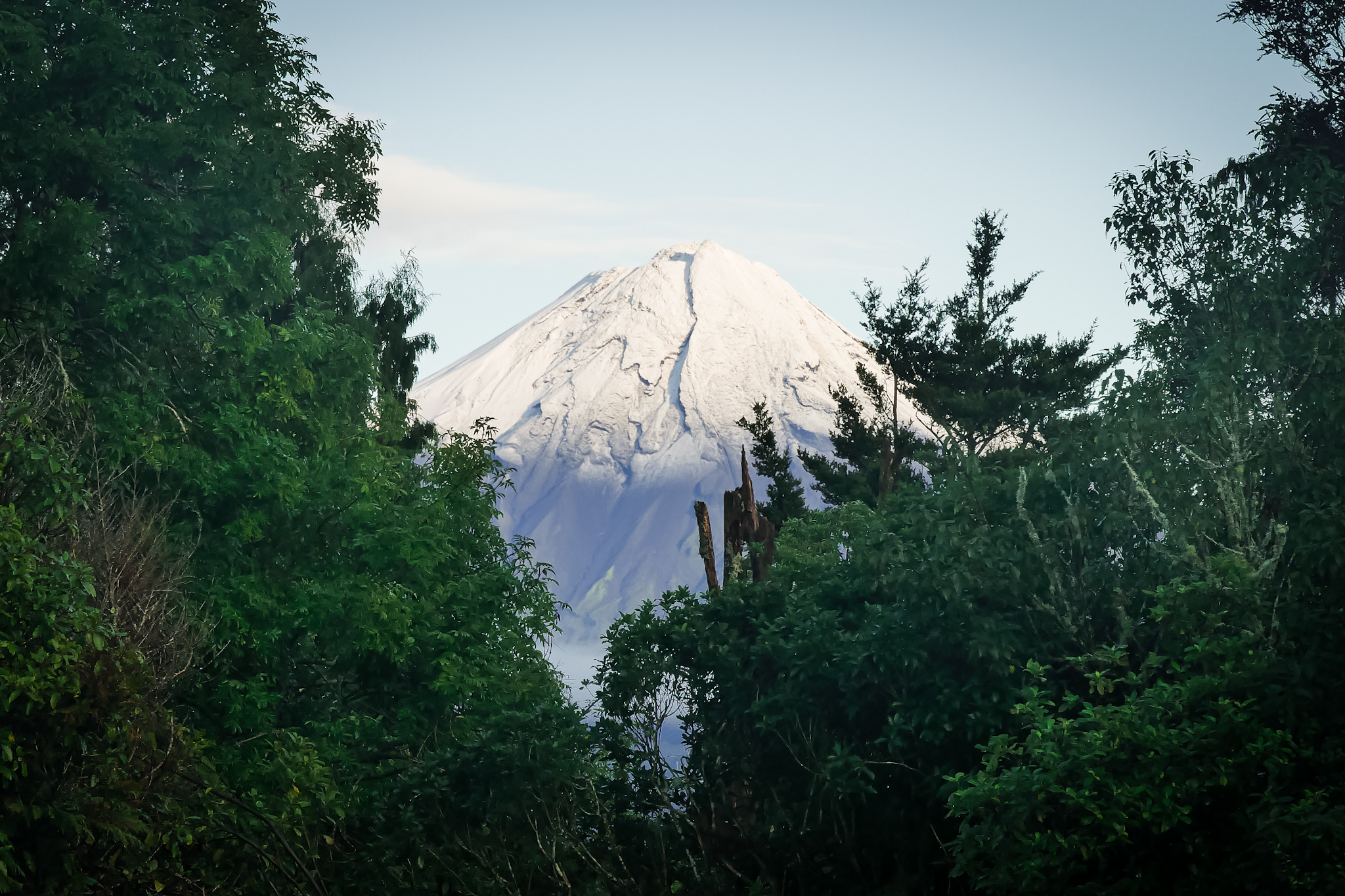DISPATCH
Back in Wellington, I spend a few days in the company of Niels (and his wife), whom I met while working at Te Anau, several months earlier. They live in Plimmerton, an upmarket suburb of Wellington, about 30 minutes by train from the center. They kindly agreed to host me for free during my visit. The main purpose of my stay in Wellington is to make an appointment with a nose doctor to settle the sinus infection that I have been carrying with me for several months. My nose is very often blocked and the pressure causes me severe migraines. This has been dragging on since my arrival in New Zealand and causes me a lot of worries. From a simple infection, it seems to have turned into a chronic infection. I only have three months left in the country before my visa expires, so I have to fix this problem which could potentially prevent me from taking a plane.
So I make an appointment with a private doctor. The only way in New Zealand to see an ENT doctor without waiting for months and months. But the only available appointment that the secretary offers me is April 18, three weeks later! I hadn’t planned to stay in Wellington for that long and it upset my plans for the rest of my trip. In fact, I was thinking of spending ten days in the Wellington region and then joining the Bay of Plenty region in order to work for two months in a packhouse kiwi, a warehouse where the kiwis are prepared for sale. The idea was to save for the next destination, touring Asia by bicycle. My plans fall apart and I feel a little confused. So I spend several more days with Niels and his wife gardening and cleaning the house. It is also an opportunity to stroll through Wellington and listen to Niels sing and play the guitar.
I also explore the region by bike, leaving for several days to take a tour of Cape Palliser and the Putangirua Pinnacles. This is where the scenes from “The Way of the Dead” were filmed in the third film from The Lord of the Rings. I take the train to avoid leaving Wellington by bike and join the countryside. The route is relatively easy but arriving around the large lake Wairarapa, I can not continue. The road and surrounding fields are covered with water. The heavy rain of the previous days caused a small flood in the plain. I watch a big 4×4 sink almost a meter into the water and resolve myself to turn around. After several kilometers in the opposite direction, I recover the main road and continue to Martinborough where I decide to camp for the night. A group of very nice kiwis settle next to me and I meet Marie and Niel. They too are fond of cycling trips. They offer me homemade pizzas and we share an evening full of anecdotes.
The next day I continue on another small road, not flooded and join the tiny village of Lake Ferry by the sea. Cape Palliser is still about forty kilometers away. The wind has increased and progress on the track is laborious. Fur seals sunbathe on the side of the road. They seem so peaceful. I arrive at the end of the afternoon at the cape, a little exhausted. The lighthouse is still surrounded by tourists who come to photograph the place or indulge in selfies. The cape is the most southern point of the North Island. The weather is magnificent, but the strong wind cools the atmosphere. I go back on my steps, to return to the small DOC campsite that I pass on the outward journey. It is at the entrance of the path to visit the Putangirua Pinnacles. I arrive there in the early evening, barely having time to set up my tent before the night falls.
The next day, I leave my things at the bivouac and follow the small path that zigzags through a small stony valley. A dry river bed flows in the middle. Pinnacles appear in the middle of the vegetation. I follow the path leading to an observation point. The rock formations are due to a phenomenon of constant erosion for millennia leading to the formation of strange pillar of earth. The atmosphere is quite strange in the middle of the rocks but I find it a bit difficult to recover the atmosphere of the “Way of the Dead”. The weather is too beautiful. A long hike allows to go around the formations by walking, especially in the river bed flowing at the foot of the pillars but I do not have time to do it. I have to go back to Wellington and the way back promises to be long. I leave the place a little disappointed by not being able to stay there longer.
Several days later, I visit, this time by hitchhiking, Castlepoint, a magnificent little “seaside resort” sheltering a lighthouse and an impressive cliff called Castle Rock. The area is superb but very small. I disembark there in the middle of the morning and spend the afternoon hiking on the seaside. Without a car my moves are limited and I am forced to return in the early evening.
Taking advantage of my last free week before my medical appointment, I go by bus to Taranaki, the isolated volcano located just next to New Plymouth, where I have already spent a few days, nine months before. During my previous stay I had barely seen the mountain, lost in the clouds. This time, I hope to be able to contemplate it. I embark on a three-day hike around the volcano but a real storm hits New Zealand right at the same time! Liters of water flow over the country. Impossible to walk in these conditions. So I spend three days in a shelter-inn located next to the information center at an altitude of 900 meters, at the entrance to the national park, watching the rain fall in torrential gusts. A small clearing seems to be announced for the fourth day and I start on the hike. This is probably my only chance.
I spend the day in the forest under slightly more sparse drops and reach the mountain pastures in the middle of the afternoon. The weather has clouded again and the place is filled with fog. I cannot see anything two meters from me. A slightly abrupt passage at the mercy of the strong wind makes me panic. It is raining again very heavily and my bag is getting soaked. I continue nonetheless, bad memories of my difficult hike around Lake Monowai, three months earlier, coming back to my mind. Fortunately, the refuge, Pouakai Hut, suddenly appears in the mist. I have been there during my previous visit and the conditions were also bad. Definitely, I am not in luck. I barely have time to put my bag down that a young man as wet as me arrives at the shelter. Janis is a young man in his thirties from Latvia. He too had the crazy idea to come and ride on the Taranaki in excruciating weather. He is very friendly and we sympathize quickly. His presence distracts me a bit from the biting cold and the smell of wet dog permeating the hut. He makes tea and fire and the heat soothes me. The next day, the fog is still there but the rain has calmed down a bit. So Janis and I decide to continue the hike together. We head for the second refuge, Holly Hut and spend the day in the fleet, in the mud and without seeing anything of the landscape. Janis is a good hiker and sportsman and shares my ideas on the world and travel. I am fortunately he is here. Without him, my hike would have been very dreary.
The refuge is almost full this evening and the atmosphere is a bit noisy. Janis cooks a four-star dish on his tiny travel stove and teaches me lots of tips for cooking on hikes. The next day, we continue on the soggy plains on the side of the volcano without ever seeing its summit. Janis continues along the path going around the volcano. Two more days of hiking for him. We separate on a good handshake. I go back to the information center wondering if I should have continue too. I would have liked to spend a little more time with him, but that’s how it is. I have not planned food for five days of hiking. Journeys are made of ephemeral meetings. When I leave the Taranaki the next day, the good weather has returned! I see the summit of the snow-covered volcano, with the air of Mount Fuji. Time definitely plays with me. At least, I console myself by saying that Janis will be able to benefit from it.
Back in Wellington, I go to my long-awaited medical appointment. Barely fifteen minutes of consultation and here I am with a prescription supposed to solve all my problems. And my pockets empty of more than two hundred dollars. I can hardly believe the effectiveness of the treatment. I will see. So here I am ready to join Bay of Plenty and finally start working. But I decide to make a detour to go to Tongariro National Park for a last long hike in New Zealand.

